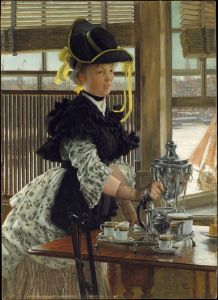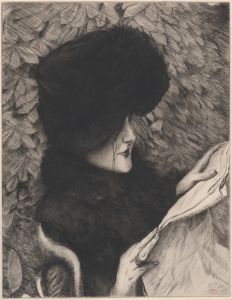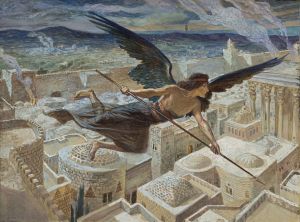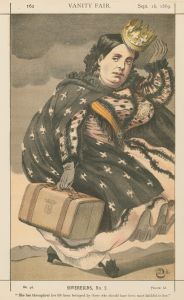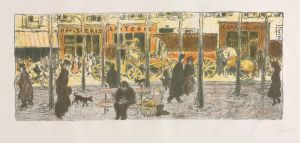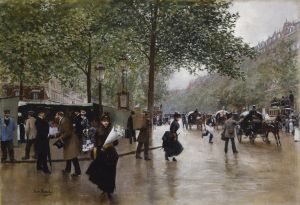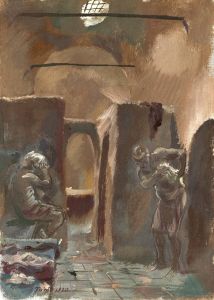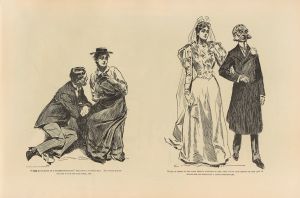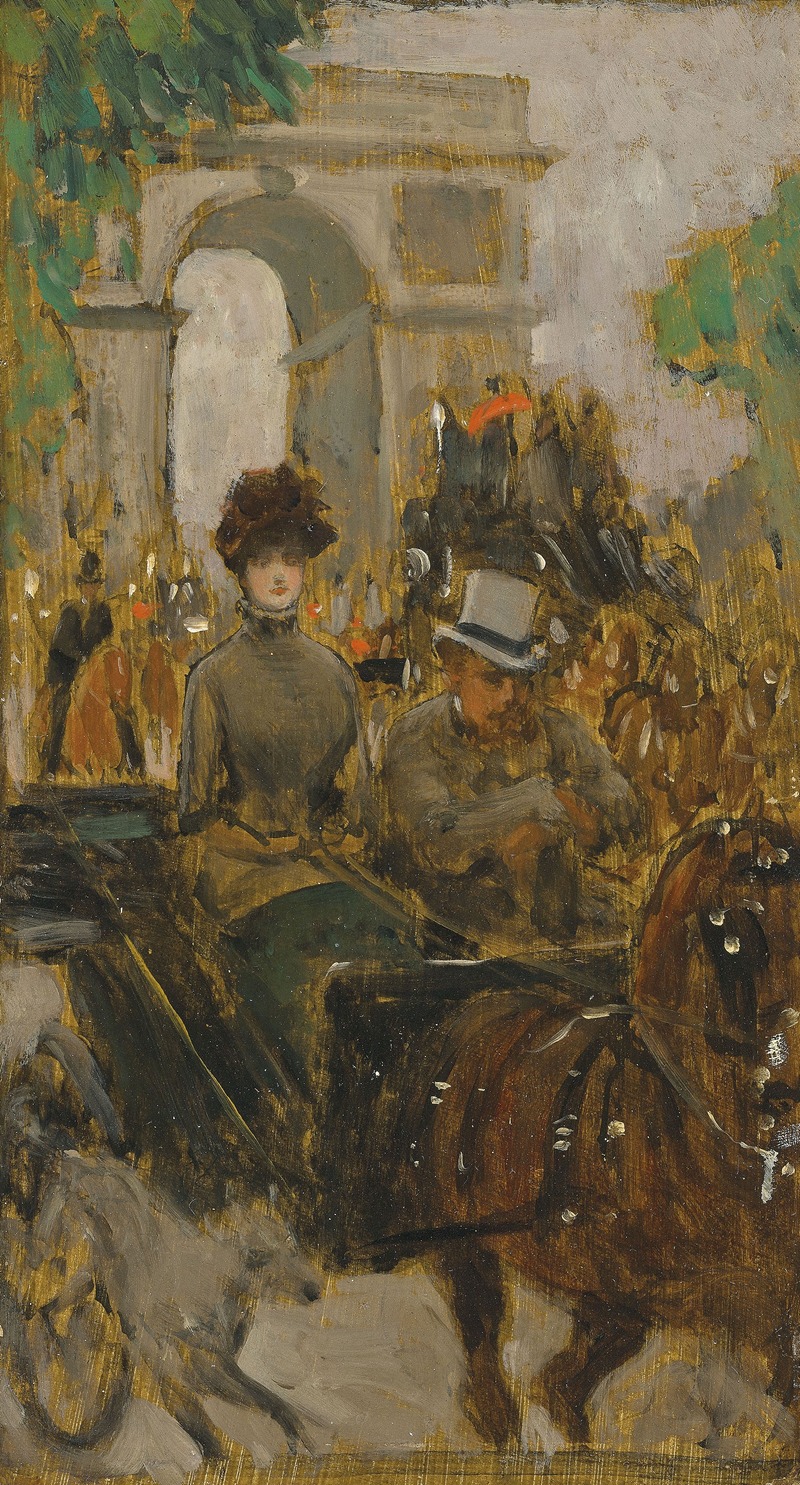
Carriage on the Avenue du Bois, Paris
A hand-painted replica of James Tissot’s masterpiece Carriage on the Avenue du Bois, Paris, meticulously crafted by professional artists to capture the true essence of the original. Each piece is created with museum-quality canvas and rare mineral pigments, carefully painted by experienced artists with delicate brushstrokes and rich, layered colors to perfectly recreate the texture of the original artwork. Unlike machine-printed reproductions, this hand-painted version brings the painting to life, infused with the artist’s emotions and skill in every stroke. Whether for personal collection or home decoration, it instantly elevates the artistic atmosphere of any space.
"Carriage on the Avenue du Bois, Paris" is a painting by the French artist James Tissot, who was known for his detailed and vibrant depictions of contemporary life in the late 19th century. Tissot, born Jacques Joseph Tissot on October 15, 1836, in Nantes, France, was a prominent figure in both French and British art circles. He is celebrated for his ability to capture the nuances of fashion, society, and the urban environment during the Victorian era.
The painting, "Carriage on the Avenue du Bois, Paris," is an exemplary work that showcases Tissot's keen eye for detail and his interest in the social dynamics of his time. The Avenue du Bois, now known as Avenue Foch, was one of the most fashionable and prestigious avenues in Paris during the late 19th century. It was a place where the elite of Parisian society would promenade, often displaying their wealth and status through their attire and carriages.
In this painting, Tissot captures a moment on this bustling avenue, focusing on a carriage, which serves as a symbol of the affluence and elegance of the era. The composition is meticulously detailed, with Tissot's characteristic precision evident in the rendering of the carriage, the attire of its occupants, and the surrounding environment. The painting reflects the artist's fascination with the interplay between people and their urban surroundings, a theme that recurs throughout his body of work.
Tissot's technique combines elements of realism with a touch of impressionism, particularly in his treatment of light and shadow. This approach allows him to convey both the physical reality and the atmospheric quality of the scene. The use of color and light in "Carriage on the Avenue du Bois, Paris" is particularly noteworthy, as it captures the vibrancy and dynamism of Parisian life.
James Tissot's career was marked by his ability to straddle the artistic worlds of France and England. After achieving success in Paris, he moved to London in 1871, where he continued to build his reputation as a painter of modern life. His works were well-received in both countries, and he became known for his portraits and genre scenes that often featured fashionable women and the leisure activities of the upper classes.
"Carriage on the Avenue du Bois, Paris" is a testament to Tissot's skill in capturing the essence of his time. It provides a window into the world of late 19th-century Paris, offering insights into the social customs and aesthetics of the period. The painting remains an important part of Tissot's oeuvre, reflecting his enduring interest in the themes of fashion, society, and the urban landscape.
Today, James Tissot's works are held in high regard, with many of his paintings housed in major museums and private collections around the world. His ability to capture the spirit of his age with such precision and elegance ensures that his art continues to be studied and appreciated by art historians and enthusiasts alike.





